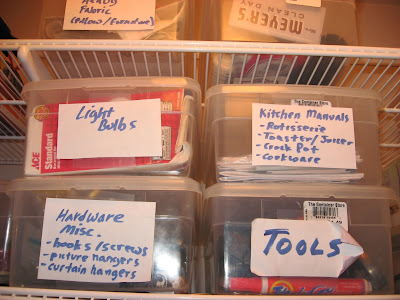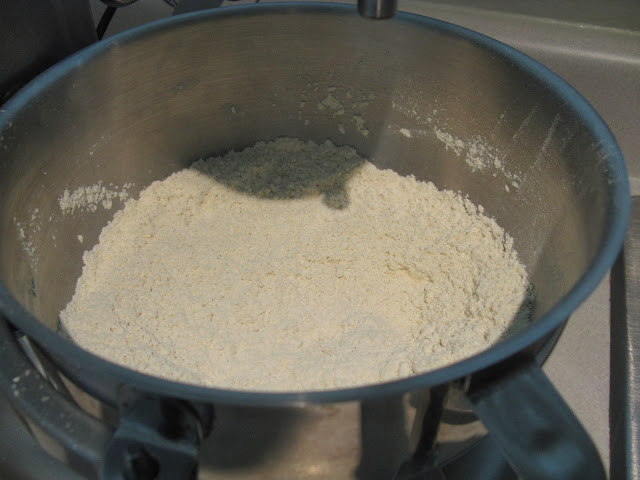What could these possibly mean?
a) Another earth quake has hit Northern VA and wrecked havoc in our kitchen cupboards.
b) Greg and Lisa have a jar fetish.
c) It's time to clean up and reorganize our cupboards AGAIN.
d) We desperately need a house cleaner.
OK, so maybe all of the above except A are true. Honestly, this is a cyclical thing. We organize our kitchen and in short order, it is messy and disorganized again. Is this because we live in a tiny place? Or does this happen to everyone?
Compound that with the fact that whole foods don't come in neat, stackable boxes that make for beautiful shelves. Jars of honey and coconut oil, bags of dried fruit and nuts, and whole grains don't come in uniform packages. Add on top of that a bevy of mason jars, stock pots and crock pots, and the cupboards can become a disaster.
We love cooking and eating this way, so we have had to be creative in how to store the whole foods and all their tools.
This post is dedicated to the art of organizing the tiny whole foods kitchen, highlighting a few of the successes we've had in our journey. We are still wrestling our way through this challenge-- these are just a few tidbits we have found that worked. We'd love to hear yours!
Guidelines for Surviving in the Tiny Kitchen
1. Keep only items that are necessary and used. Living in small quarters leaves no room for luxury items that are used only occasionally. Which leads to guideline #2.
2. Regularly clean out cupboards, drawers and closets. Give away or trash whatever has not been used within the last year (that's being generous -- I almost said 6 months -- you get the idea). Chances are very good that you won't miss the discarded items. And, you can easily pick them up cheaply at a yard sale or thrift shop if you need them later.
3. A home for everything and everything in its home. The only way to survive living in small quarters is for everything to have a designated "home". The item is used and returned to its home afterward. That way when you need to use it, you know right where it is.
4. Make use of vertical space. I stack items on top of my cupboards. I don't want to waste any square footage. I applied this concept to my closets some years ago, and had shelves installed all the way up to the ceiling. Though it cost money, I make much better use of the top four feet of my closets.
6. Get creative. This is where you use whatever you can to remain organized: shelves, boxes, crates, racks, glass jars, etc. Use your creativity to make the most of your unique space. We use peg board to hang our pots and pans to make room in our cupboard for the crock pot and the Dutch oven.
We also hang this cool retro spice rack on the wall to store our spices so we have room in the cupboard for dry goods. OK, looks like the spice rack needs some organizing, too!
Clear plastic shoe boxes have come in handy in so many ways in our small place, even in the kitchen.
We repurposed this CD shelf (found at the dumpster) and now it neatly holds all of our jars. It was free and its the perfect size!
7. Use your microwave as storage. Yes, you heard me correctly! We stopped using our microwave years ago and have conveniently used it to store items that otherwise would not fit in our kitchen.
Did you know? Heating food using a microwave changes its chemical structure, inactivates its living enzymes and depletes its nutritional value. Studies point to other deleterious health effects caused by microwave use such as anemia, and low white blood count.
You can more read about those studies in Dr. Mercola's article:
And, yes, I will post new pictures as soon as the cupboards are better. For now, I leave you with a few fun photos of our tiny kitchen.

--Two Peas
























